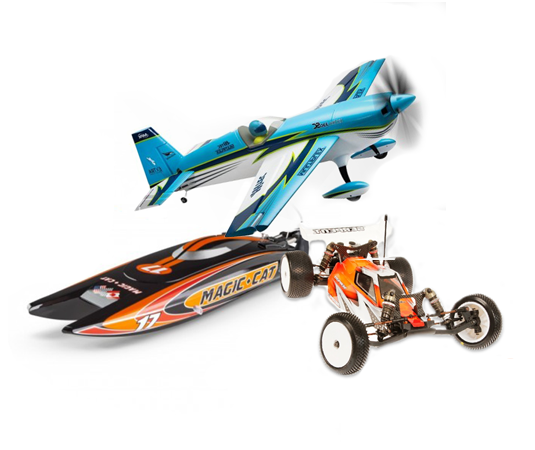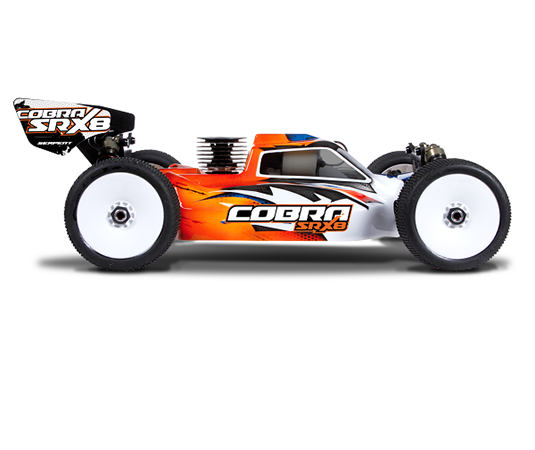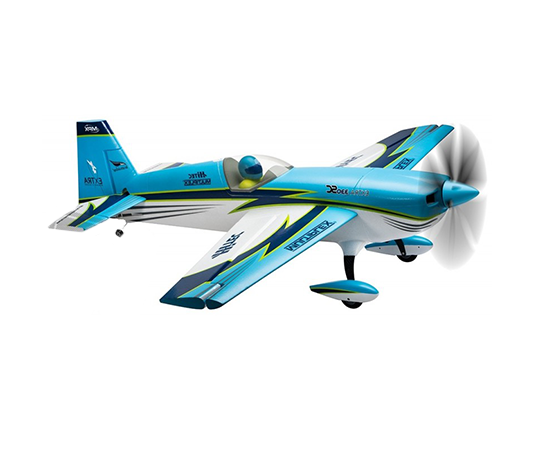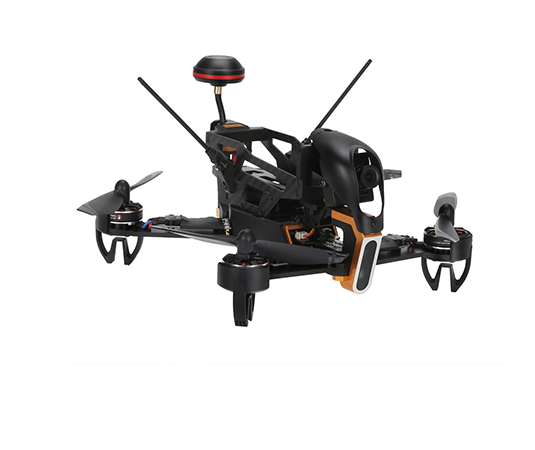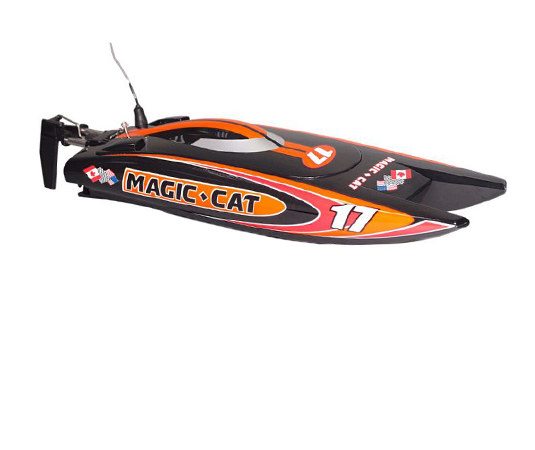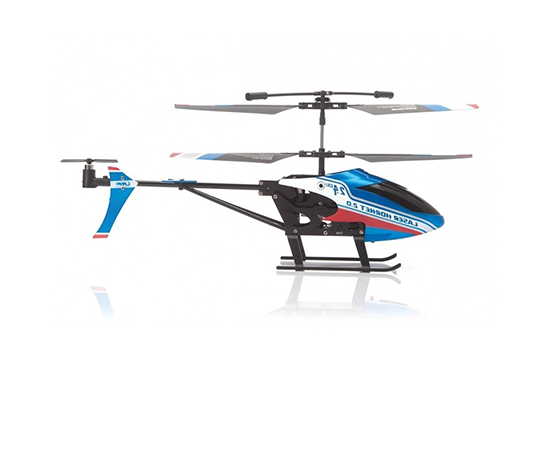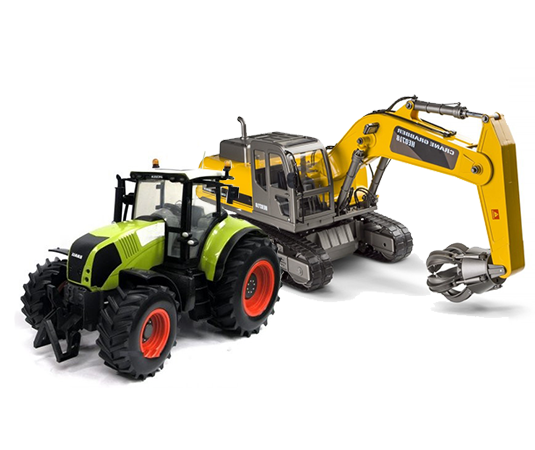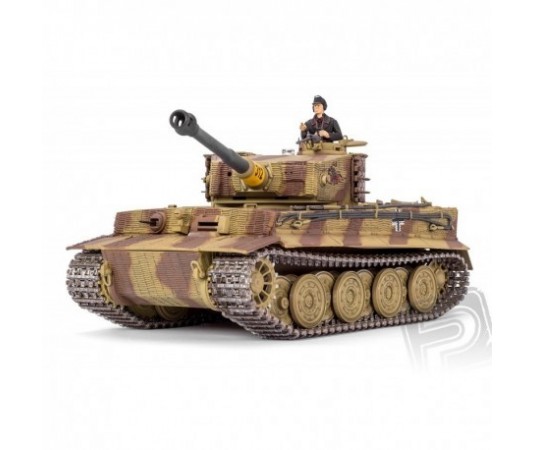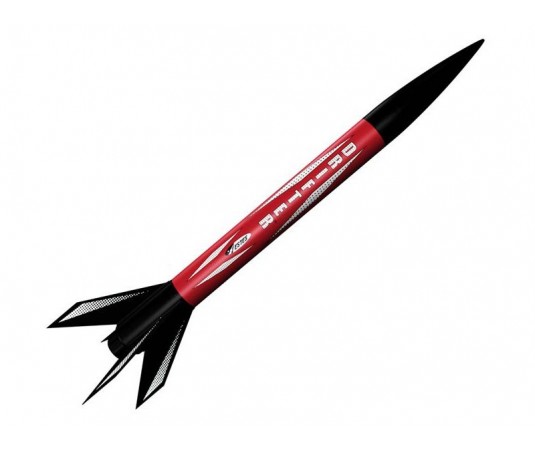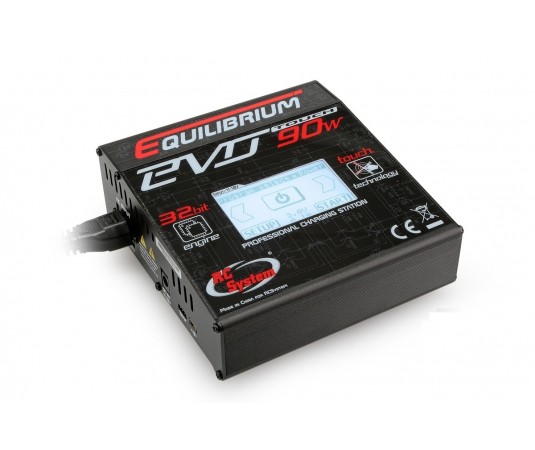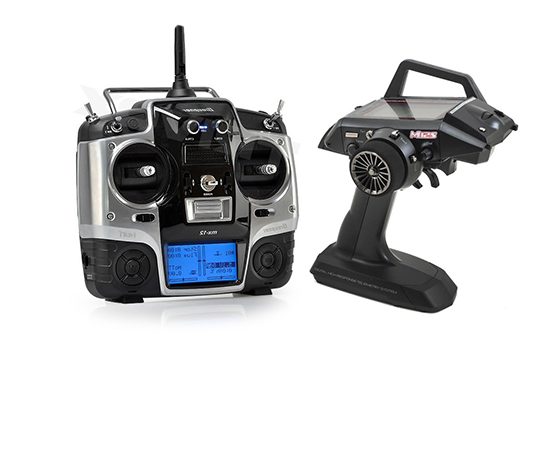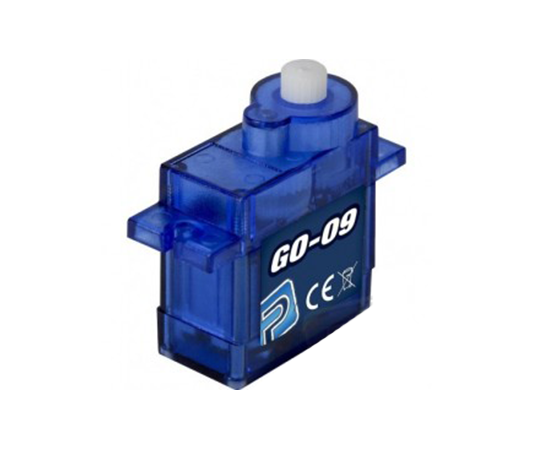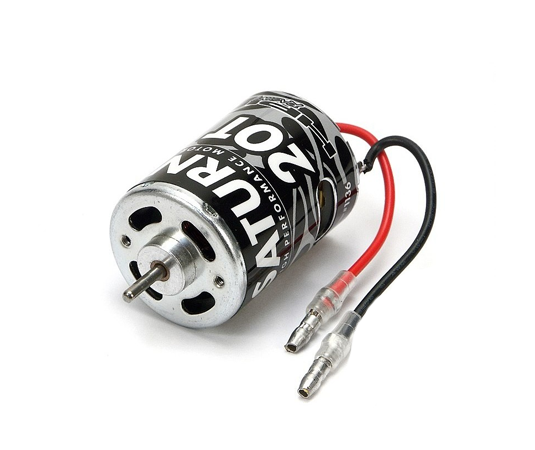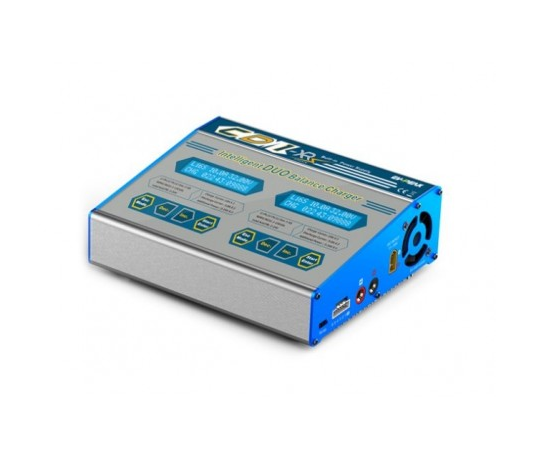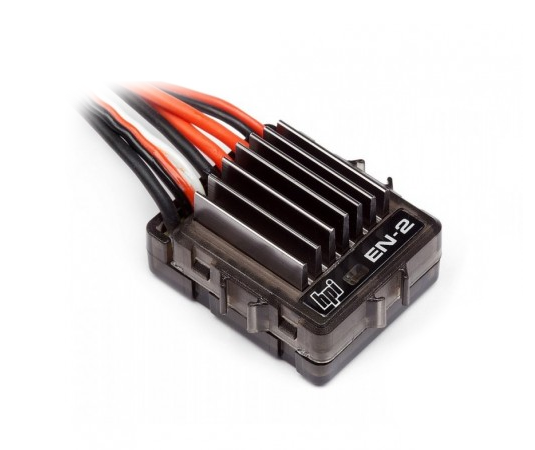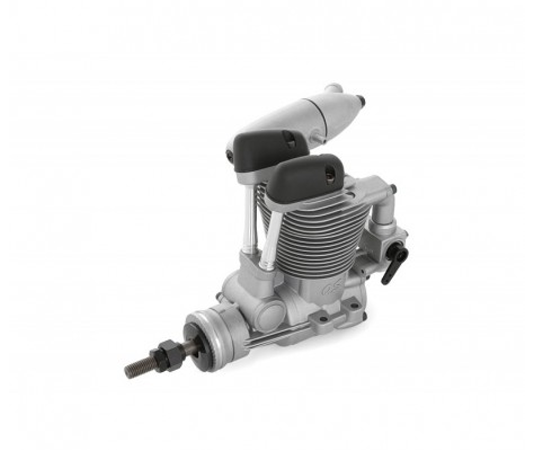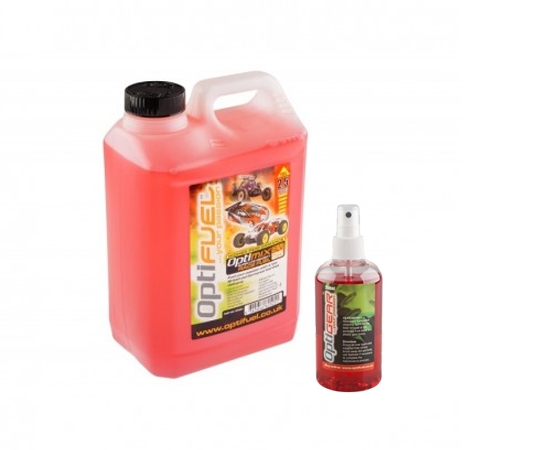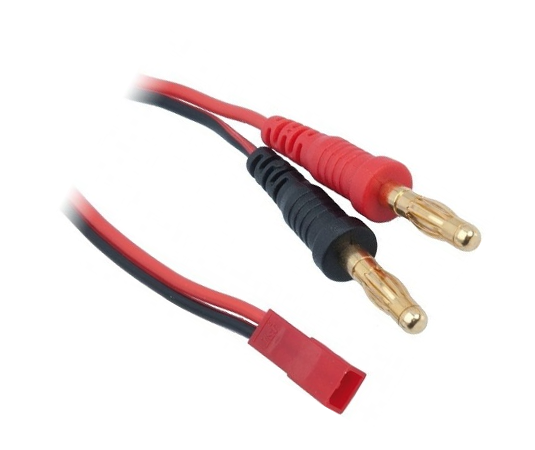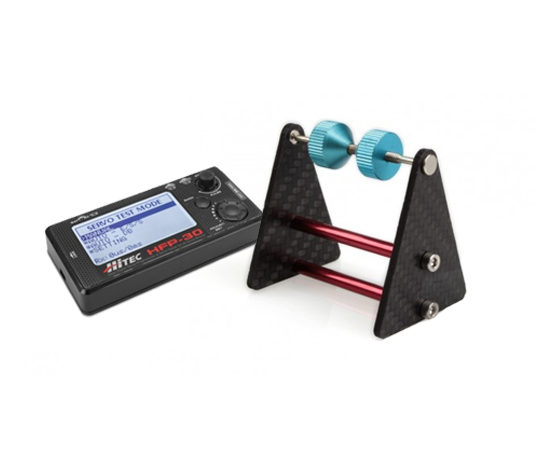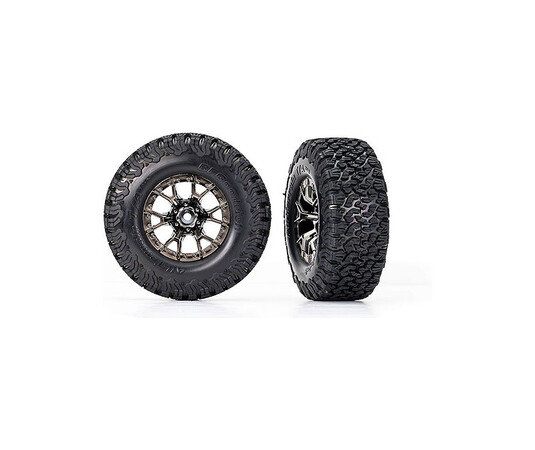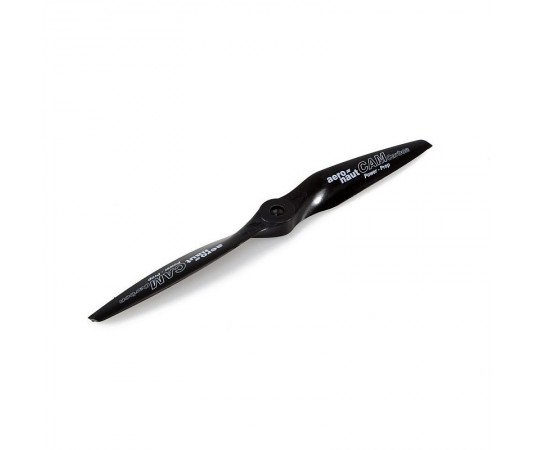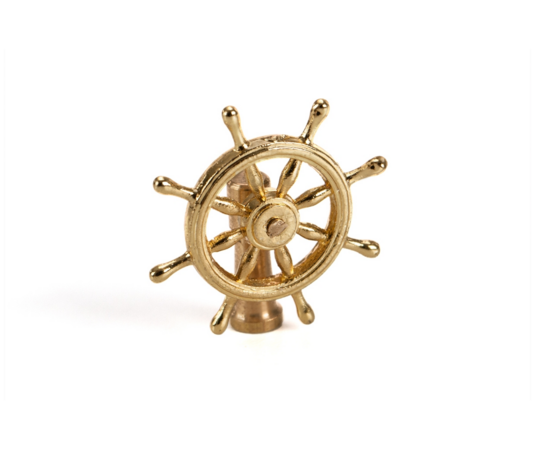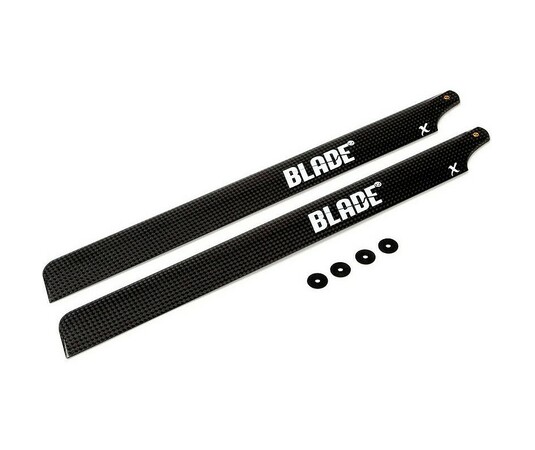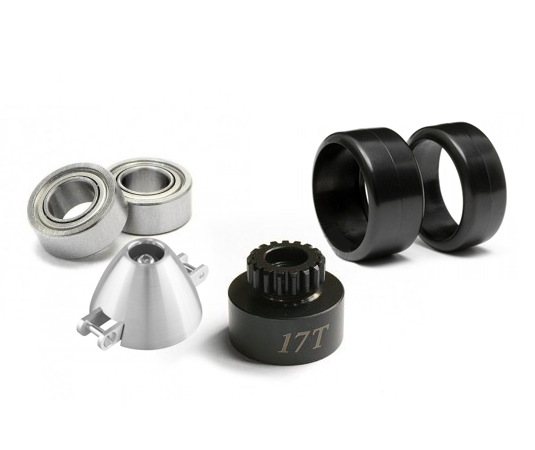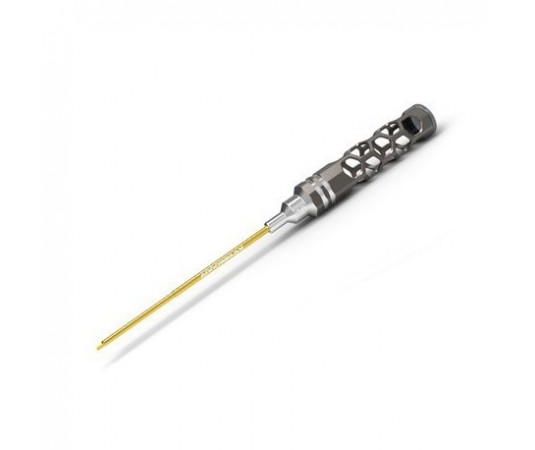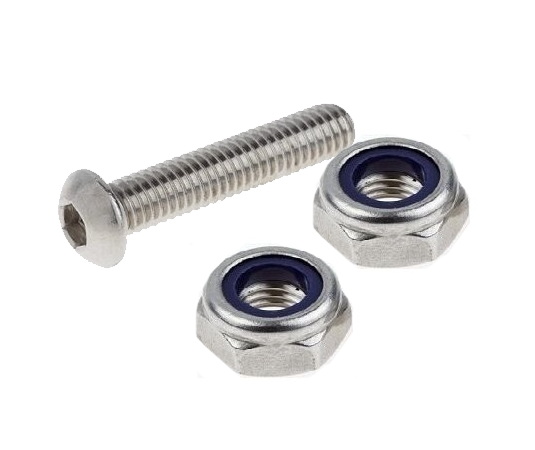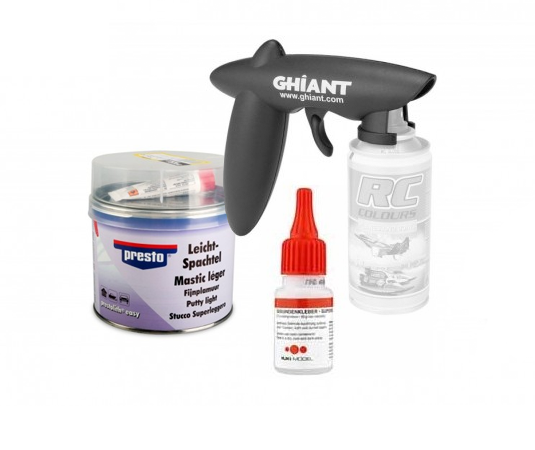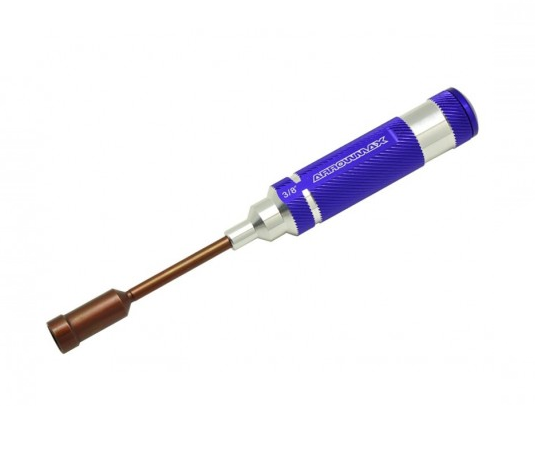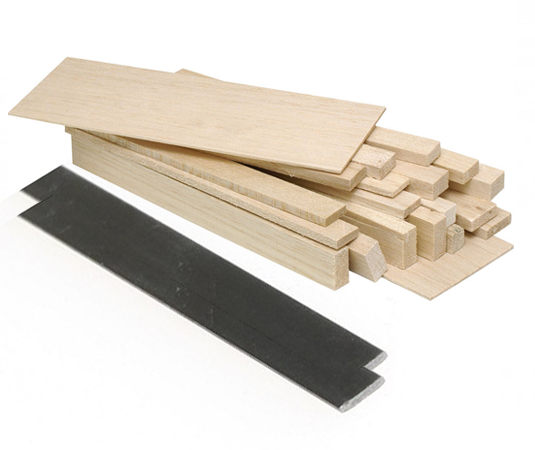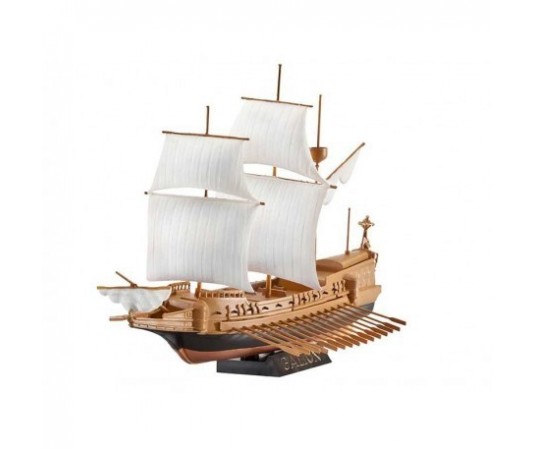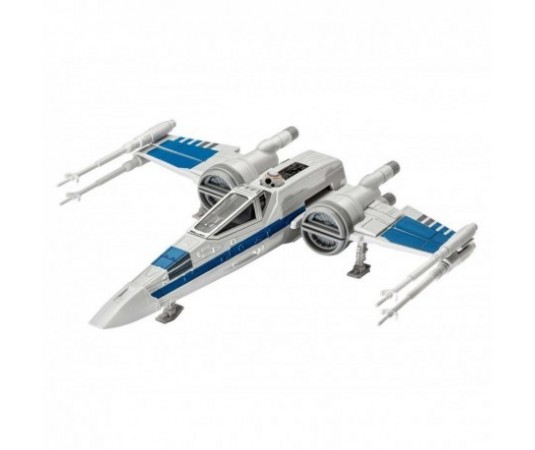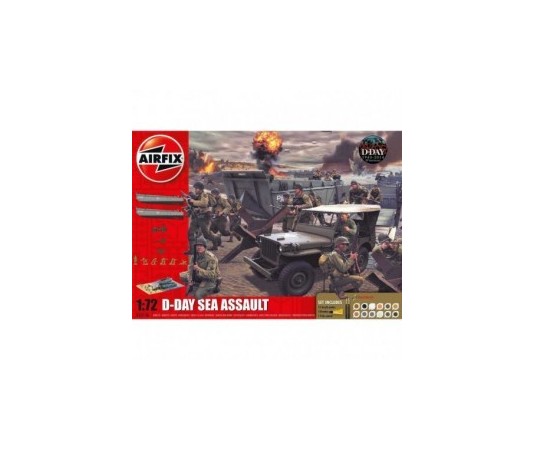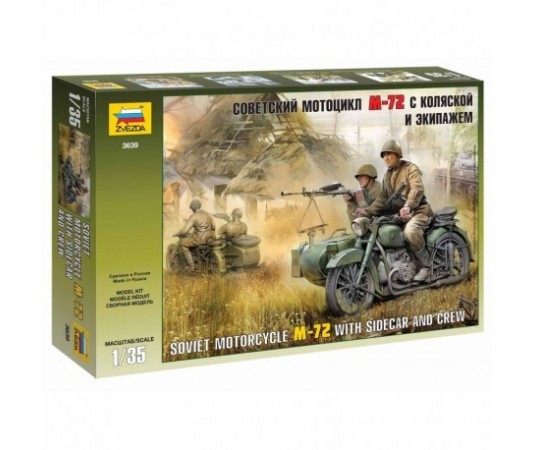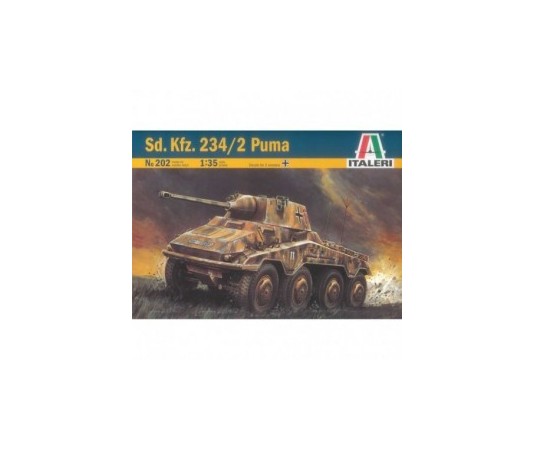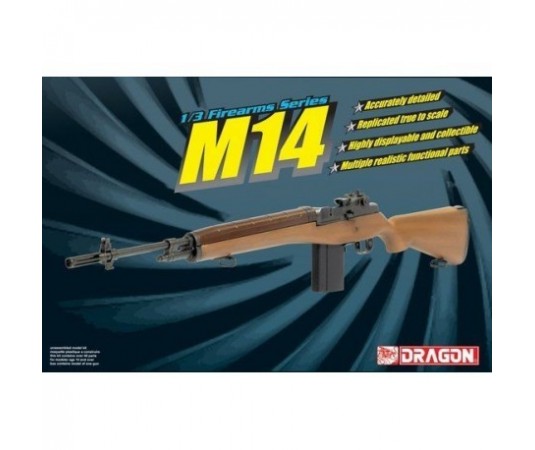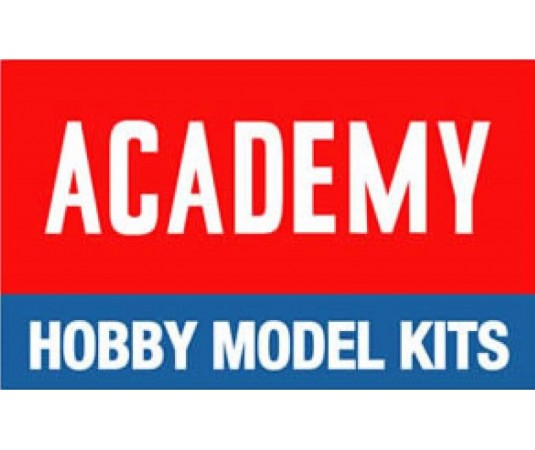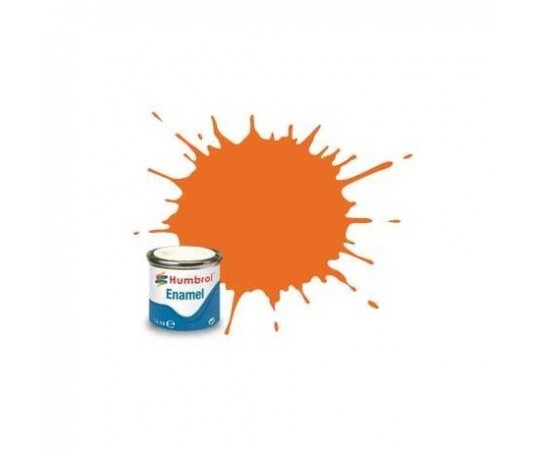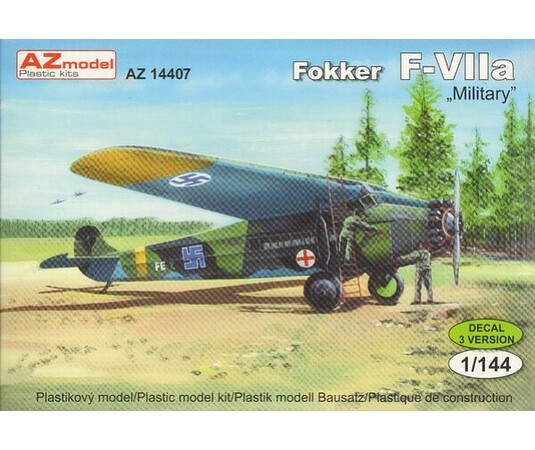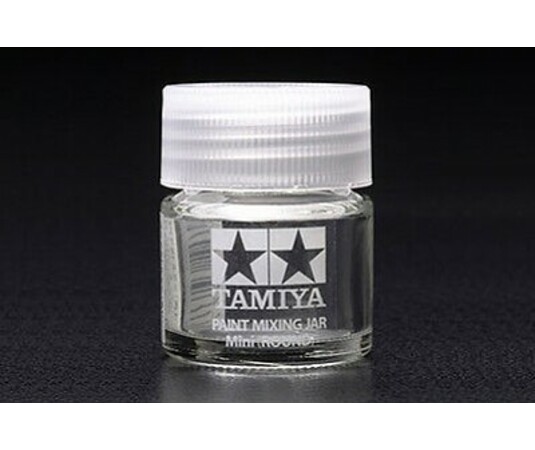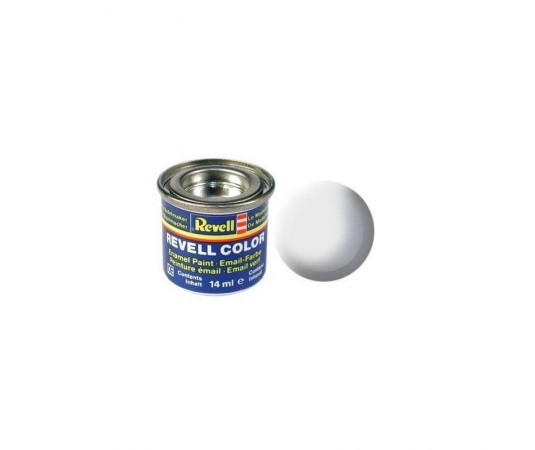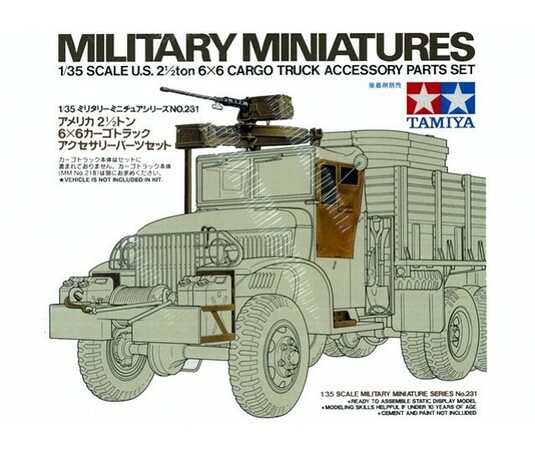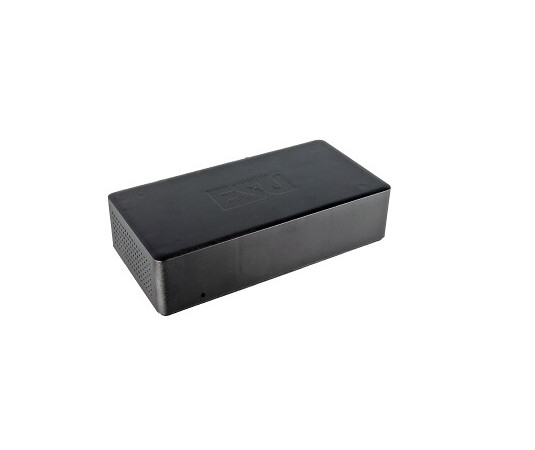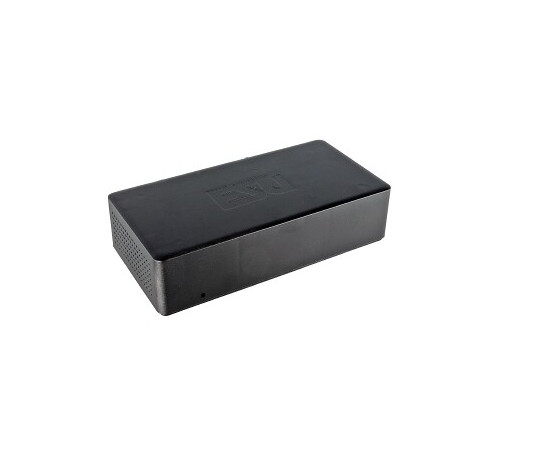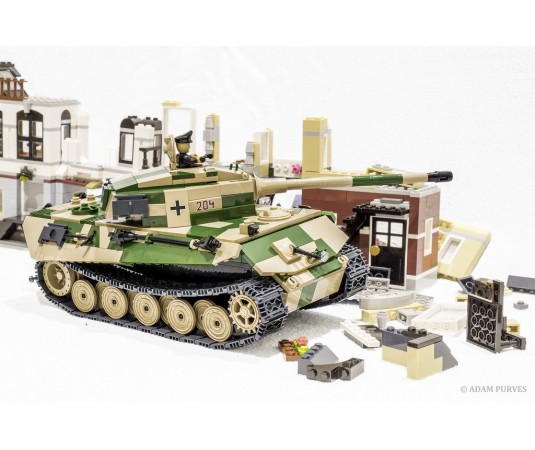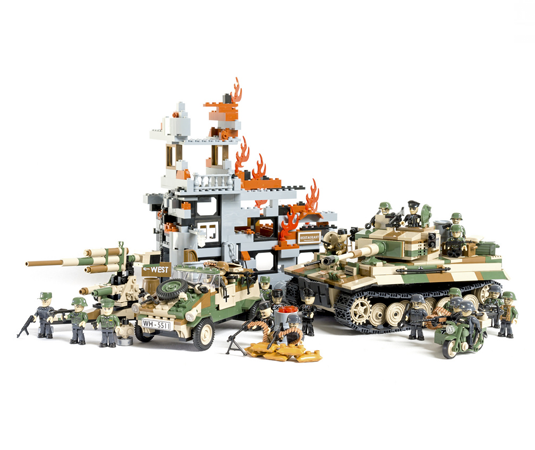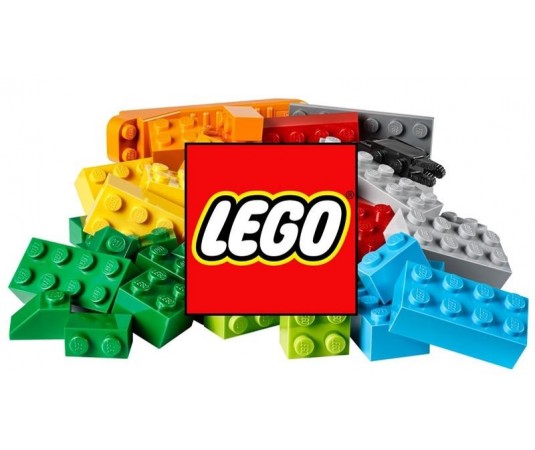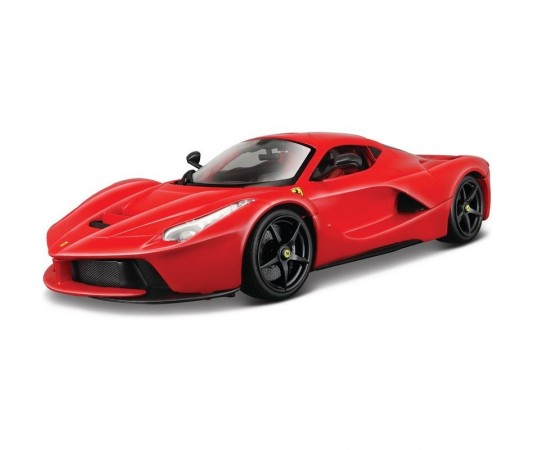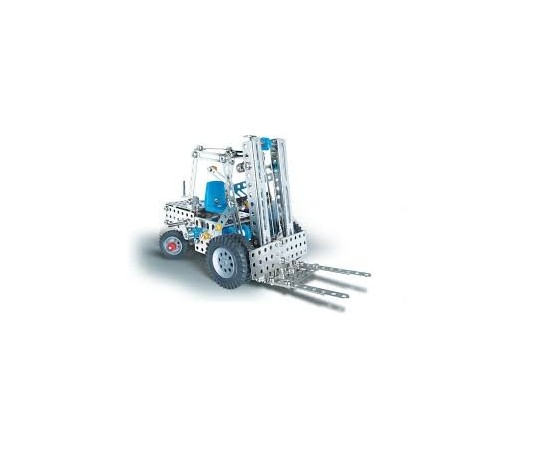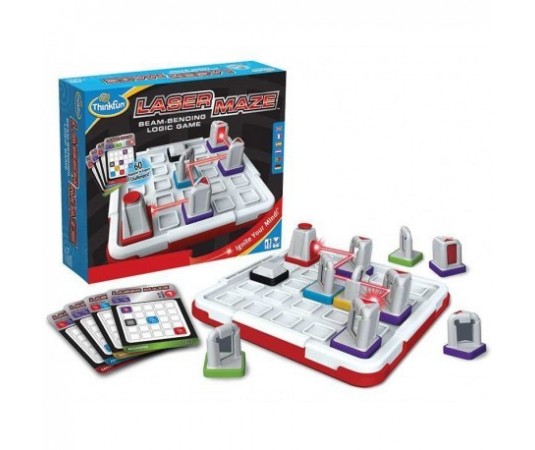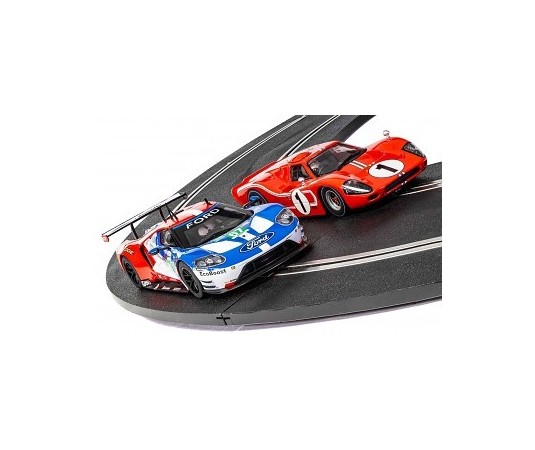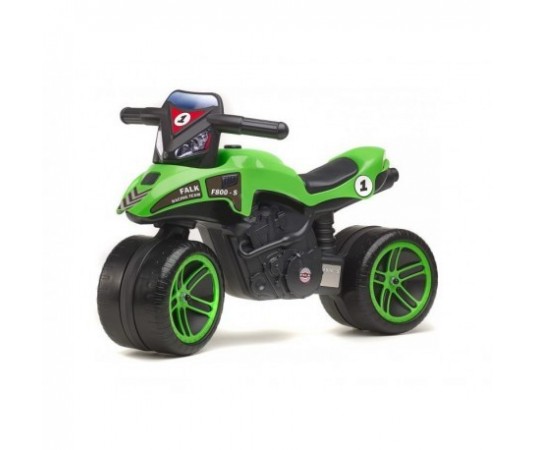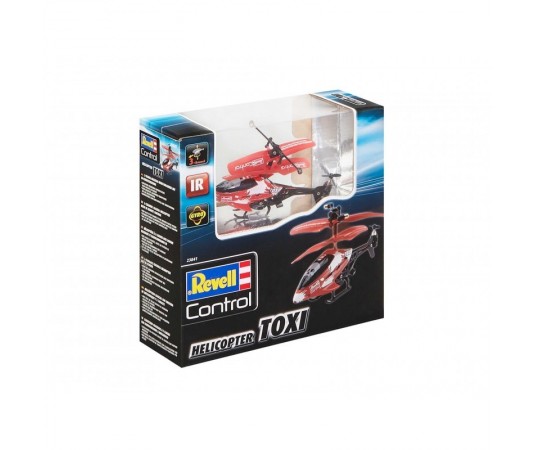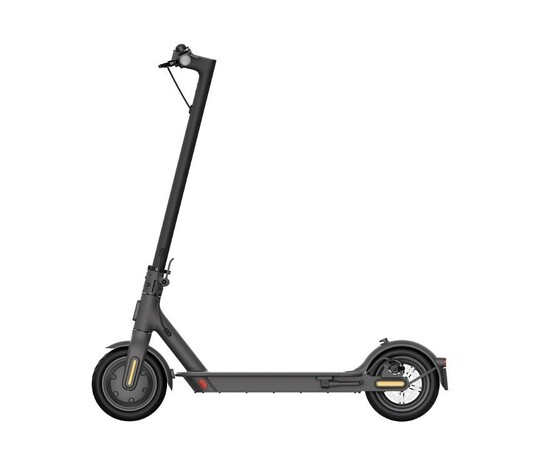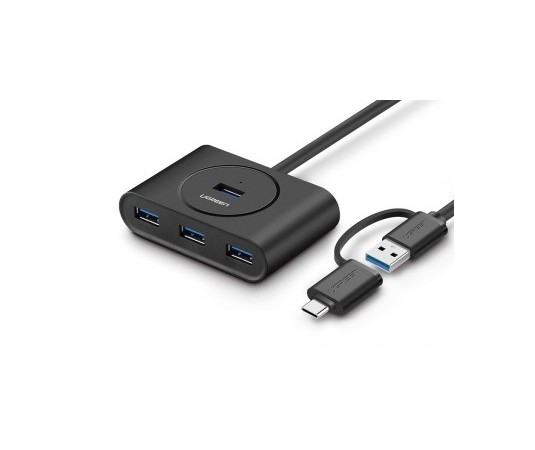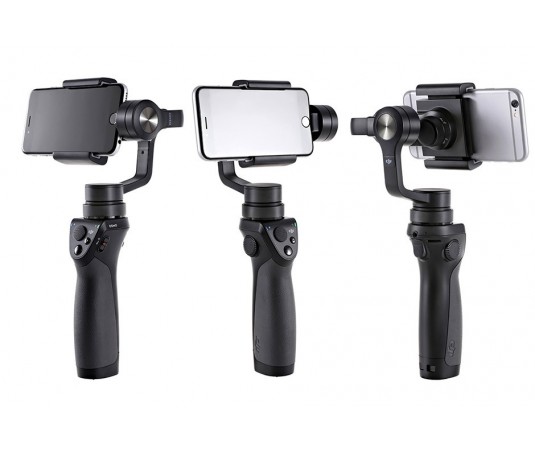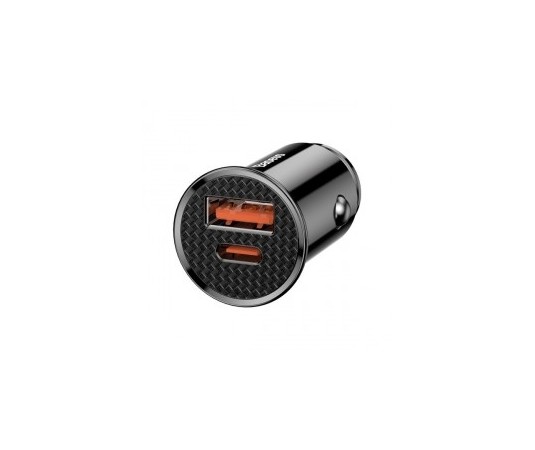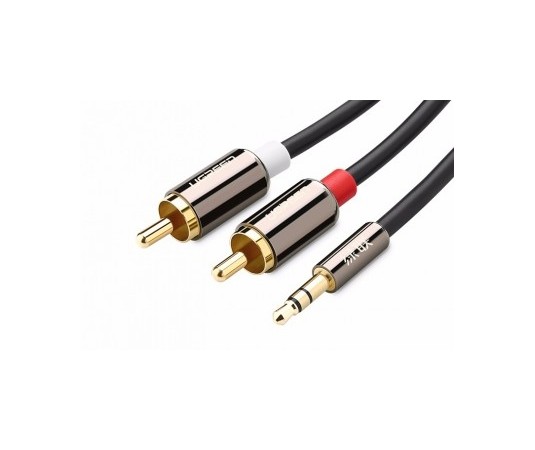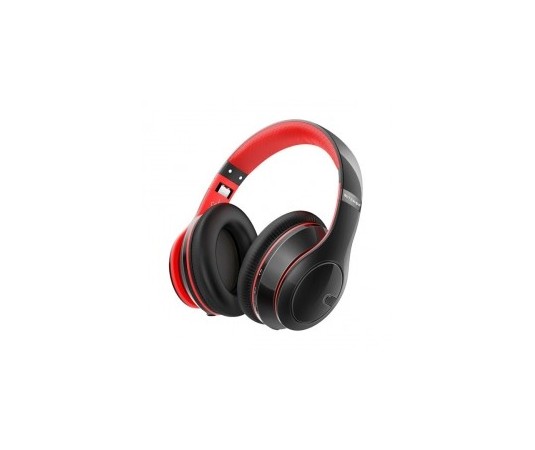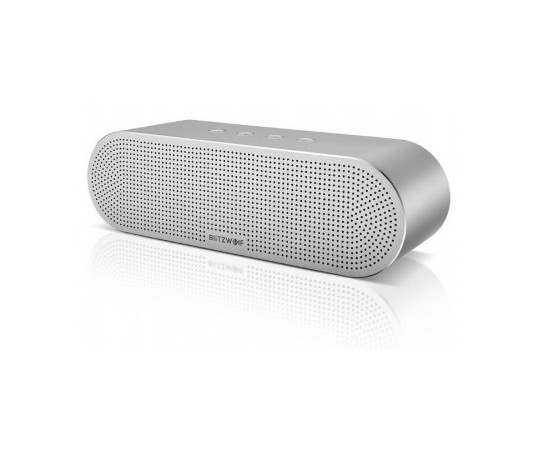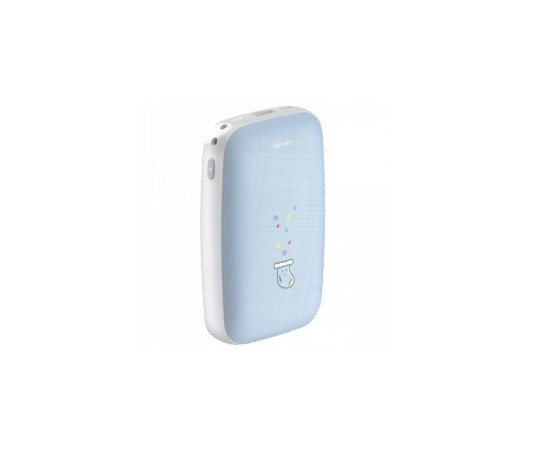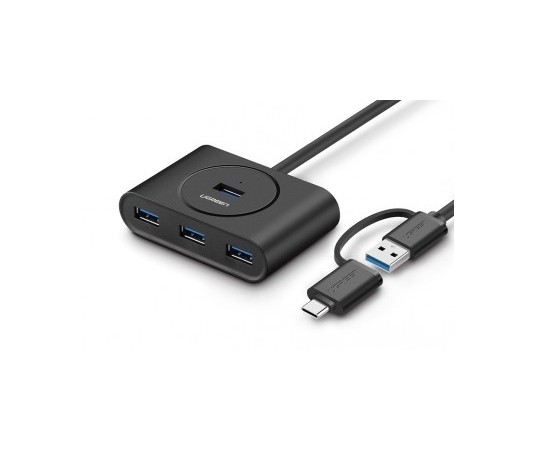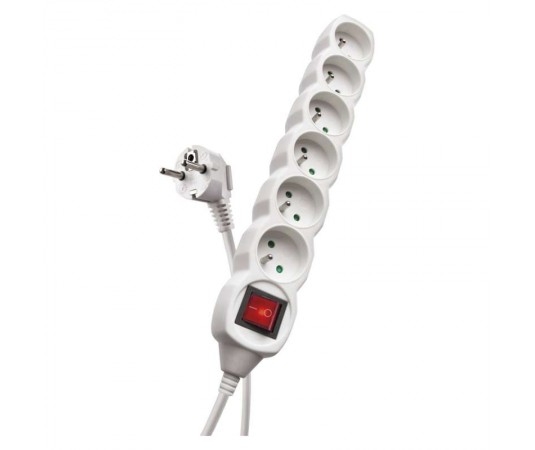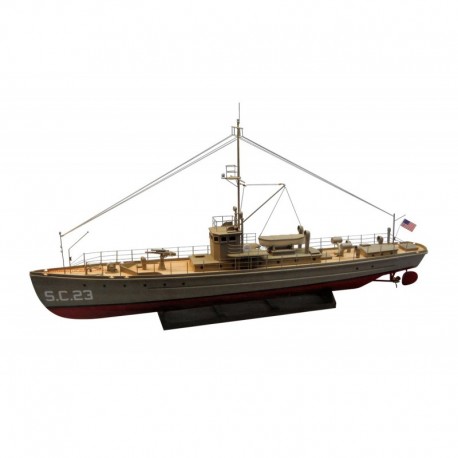SC-1 Submarine Fighter 953mm

Express delivery

Large selection of carriers

Satisfaction guarantee
In 1916, Deputy Secretary of the Navy, Franklin D. Roosevelt, commissioned the US Navy to construct an anti-submarine vessel, which, in the event of the United States entering the war, could quickly be built in large numbers in small civilian shipyards in 1916, under the influence of the terrible loss of merchant ships of the Agreement by German submarines. The result was a 100-foot wooden hull submarine fighter powered by a 220 HP gasoline engine with a maximum speed of 18 knots. The weapon consisted of a three-inch bow cannon, two Colt guns and a throat thrower on the stern. From July 1917 until the beginning of 1919, the American shipyard boasted 441 boats that served not only in the US but also in the French Navy (100 ships). They operated from the British ports, but also fought in the Mediterranean where, among other things, they participated in patrolling along an anti-submarine network closing the Otranto Strait, and without great success they prevented Captain-Lieutenant Hudeček and other Austro-Hungarian and German submarines from penetrating the Adriatic to the Mediterranean Sea.
The US submarine submarine fighter model, 1:35 scale, for electric motor drives for mildly advanced builders. Due to the high processing of most parts, building is not particularly demanding for skill and workshop equipment - but of course careful and patient work in shipbuilding is necessary to achieve a good result. For bonding, you will need a medium and heavy duty adhesive, "acetone" modeling adhesive, epoxy and glue for bonding plastic models. The actual construction is carried out according to the perspective drawings depicting the detail of the structure of the given part of the ship, and for the selected key steps (such as the construction of the fuselage body), it is used for construction of pre-cut plywood parts. Making accessories such as ladders makes it easy to make preprinted templates in a 1: 1 scale" / p>
The body is formed (as in the case of a real ship) by a skeleton whose spine forms a keel with glued ribs - all parts are plywood, carved with a laser; construction products guaranteeing the correct construction of the skeleton are pre-cut. The shell of the hull is made of balsa strips - the use of soft wood makes bending and shaping of the planes (without soaking) and their subsequent grinding possible. But to achieve more complex shapes, of course, you will need to get soaked (in cold 1: 1 diluted cold ammonia water or hot water with the addition of liquid softener) - but thanks to the thoughtful design of the ship, The deck is plywood and the body is made of vacuum-molded plastic parts with a balsa and plywood frame made of laser-cut parts.
The sculptures are made up of a range of brass wire parts cast from white metal, wood and plastics. If you have enough flavor and persistence, you can further improve the model by adding glazed windows (in the basic version the windows are indicated by color) and interior fittings, functional lighting etc. It is up to you how you care about your work ...
For the drive of the ship is a 500 or 600 series electric motor (not included in the kit) powered by a 6-cell NiMH or NiCd accumulator (suitable for example six RC for cars 1:10) or a 6-lead lead accumulator. It is also necessary to buy the ship shaft with the housing and coupling - very compact are the compact shafts with direct coupling and the motor mounting flange. For long cruises when using large capacity batteries, we recommend refilling the water cooling of the engine.
All at least two-channel RC sets, a bi-directional electronic speed controller of at least 30A (depending on the engine) and one standard rudder servo are sufficient to control the ship.
The kit includes: laser-carved balsa and plywood parts, vacuum moldings of rescue boats, micro-PVC PVC sheets with pre-cut parts, balsa and lip beams, plastic sticks, cast metal parts and other maket accessories, sticker set, 1: picture building guide" / p>
Tip: The submarine fighter's photo album can be found here: https://photos.app.goo.gl/SHzpsU6Q9up2AFus6 The model is powered by the AXI 2212/20 AC motor with two-way controller FOXY R-35B Car and powered by A123 LiFe two-cell 2500 mAh for 1- 1.5 hours of cruise.
| Length [mm] | 953 |
| Width [mm] | 135 |
| Height [mm] | 419 |
| Controlled functions | M, LK |
| Building demand | S3 |
| Flight challenge | P1 |
Recommended drive and RC equipment:
| Engine | Speed \u200b\u200b500E with water cooling |
| Transmission | No |
| Regulator | Graupner # 2880 NAVY V30R |
| Propeller | 3-sheet 35 mm # 2308.35 |
| Battery pack | Nosram 7.2 V 2200 mAh NiMH |
| Servos | 1x HS-311 |
| RC set | min. 2 channels |


